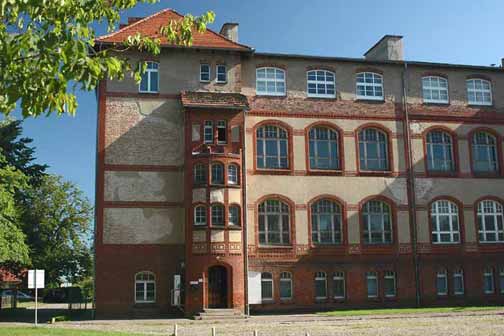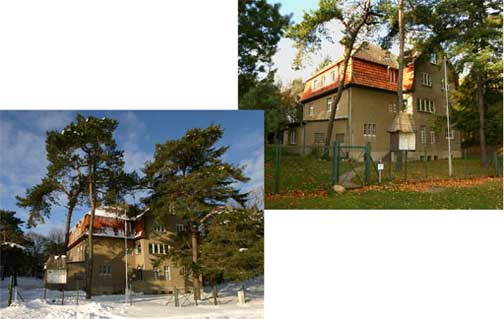70 years of Vogelwarte Hiddensee – a commented timetable
by Dr. Ulrich Köppen, Berichte der Vogelwarte Hiddensee 17: 119-127
Preliminary note
In the late 19th century the Island of Hiddensee was already famous for its huge bird populations so that until the 1920ies many ornithologists visited the island for studying and protecting the birds from harvesting and over-hunting. Only in 1930 E. Leick, a professor of botany from the Greifswald University, established a permanent biological research institute at Hiddensee.
In august 1936 the former ornithological department of the biological research institut Hiddensee received the status of an ornithological station by decree of the Reichforstmeisters in Berlin. Thus the Vogelwarte Hiddensee was in addition to the ornithological stations Rossitten (since 1903) and Helgoland (since 1910) the third research institut in Germany. If we look back and remember the people, ideas and situations, it pays off in every respect. Still, we benefit from the visions, the enthusiasm and the assertiveness, possible from the errors.
During the following seven decades research approaches of the Vogelwarte changed with its directors. While R. Stadie (1936-1945) investigated mainly visible migration phenomena, H. Schildmacher (1948 – 1972) was a physiologist focussing on metabolism and endocrinology. He was followed by A. Siefke (1973 – 1992) who preferred field studies to investigate population dynamics of birds and also strongly reinforced the ringing method in eastern Germany. After the german reunification A. Helbig (1993 –2005) became the head of the institute with clear preferences in molecular biology and population genetics. In this review the main progresses but also pitfalls during those four periods are shown in more detail.
Here you can download the list of publications from the years of 1995 until 2005
Publications fom 1995 until 2005
Here you can download the list of dissertations





